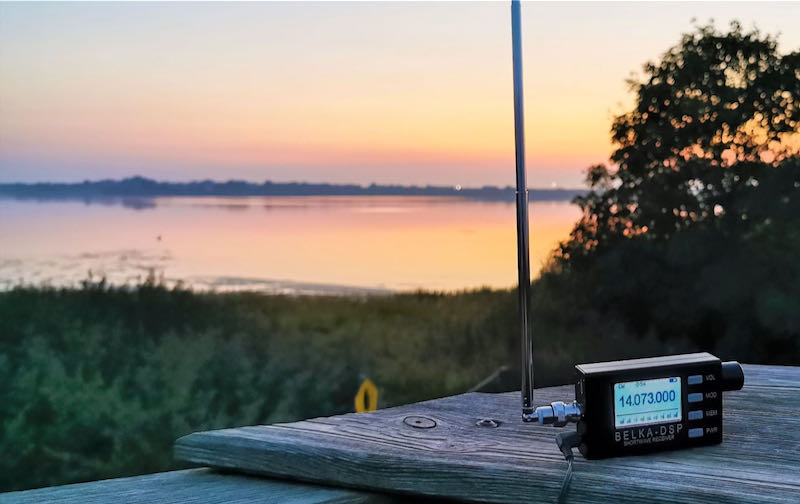ka3jjz
Wiki Admin Emeritus
and how it *almost* applies to the little Belka wonder radio - from SWLing.com

Mike

Guest Post: A synchronous detector crash course!
Many thanks to SWLing Post contributor, 13dka, who shares the following guest post: Revisiting the Belka’s “pseudo-sync detector”: A sync detector crash course! by 13dka “It…
swling.com
Mike




